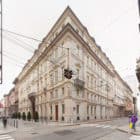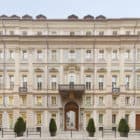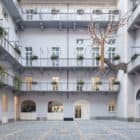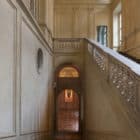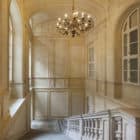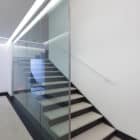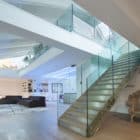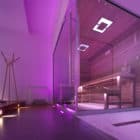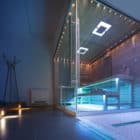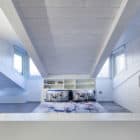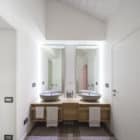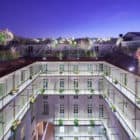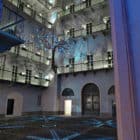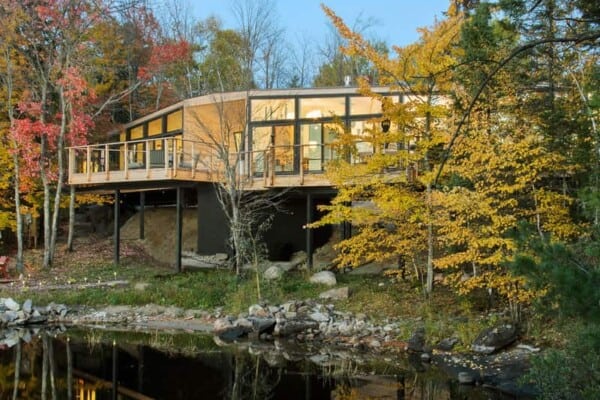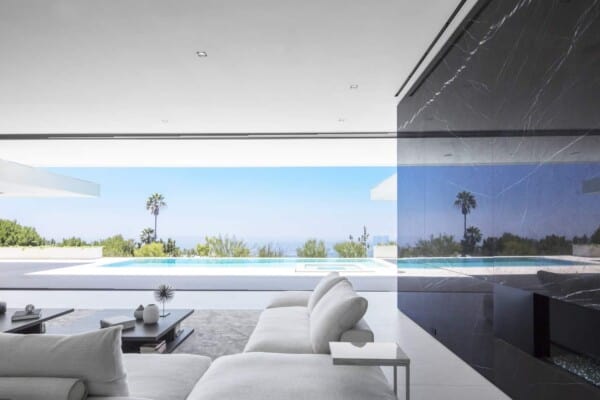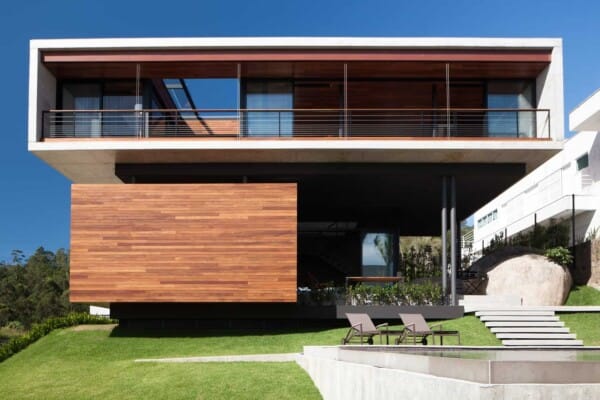Italian studio Building completed the Number 6 project in 2013.
The architects transformed a 102,000 square foot Palazzo built in 1663 into a high end 36 unit building.
It is located in Turin, Italy.
The Number 6 by Building:
“The Number 6, renovation of Palazzo Valperga Galleani, is one of the best representations of architectural salvage, respect for cultural heritage, technology, elegance and sense of beauty.
Located in Turin-Italy, the restoration and development carried out by Building Engineering intended to re-functionalize dramatically an important historical and architectonic property, that in spite of its disfiguration during the last century that led to the loss of its original residential aim.
The main idea behind the reconstruction was to bring back the property purpose with a particular intention to “open” the private space of courtyard to the city, decorating it with art objects, proper lighting, plants, and flowers.
All reconstructions undertaken to build the 36 apartments which were designed in accordance of the pre-existing layout, are done with the intention to reconcile it with the cutting-edge solutions for minimizing ecological impact.
From the start, the intention was to establish a work that would reconcile architectural solutions to an artistic and stenographic setting designed to give an added value to the space, making it enjoyable for visitors. Therefore, with the help of with Cultural Heritage Protection Bodies, we reconstructed an environment once lost but, not forgetting its strong evocative value.
During the restoration of the courtyard of the Alfieri street we chose to revitalize the original XVII century giardino (garden) transposing its design, with lights and plants, in two planes, horizontal and vertical.
The historical giardino is now hanging down in a romantic gesture produced in the plain air of the courtyard. The suspended contemporary sign, the tree, is a representation of the history of the palazzo, an emotive symbol that renews the astonishment in the everyday perception of the residents of the palazzo, and revitalizes the memory of the ones that once lived there.
A long horizontal line of balcony rails nicely decorated with numerous flower vases holding climbing plants is exposed along the walls of the building.
Every vase is provided with an automatic watering device and by two lanterns mounted on semi-rigid brackets intended to illuminate the vases. Consistent computer-controlled illuminations of all elements unite the courtyard paving design, the tree and multiple vases into one unique expressive picture.”
Photos by: Piero Ottaviano






















